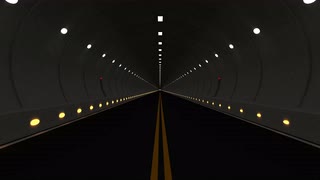Digital transformations have reached numerous markets; you can buy and search products online easily, new products disrupt markets and using digital devices becomes more seamless every day. A field that can be currently described as evolving in this respect is education. Presently, students can make use of cloud solutions providing them (simultaneous) access to their files wherever they are. In addition, there are Virtual Reality apps that students can use to learn in a 3D world. For example, the app Star Chart can be used to discover the universe when aiming a phone at the night sky. And with the app inMind the brain and its anatomy can be studied while realistically viewing neurons and brain tissue (Lynch, 2017). But, Virtual Reality Intelligence could be improved and therefore companies are further exploring the possibilities of using Virtual Reality (VR) in Class Rooms. Would it not be interesting to view your learning objectives in 3D or even 4D?
Google is developing its ‘Google expeditions’ where teachers and students can go on “immersive virtual journeys” (Lawrie, 2017). In this way, they can explore digital spaces together. In addition, Google will offer VR training to teachers in order to show them how VR can be used to enhance literacy. (Lawrie, 2017). VR technology can be implemented in several educations. Medical education, for example, can use VR to show how certain parts of the body work in 3D. As a result of these new developments, a location is not a constraint anymore. Therefore it would lower location barriers – the need for students to physically attend classes – and correspondingly travel costs for students.
The role of teachers and students could also change drastically through these innovations. Research should be conducted whether VR constraints the learning capability of students on certain subjects. It should of course be an improvement of the learning environment, instead of adding only a fun factor. However, using more senses could be a contributor to better remembering learning subjects as well as interactive learning. In addition, VR can be costly to implement and heavier technology requirements are needed for good VR (Walsh, 2017). Consequently, it would be a waste of resources when it decreases the learning abilities or the amount of information learned by students.
What do you think of digitalization in the classroom? How do you think Virtual Reality can improve your learning environment?
References
Lawrie, G. (2017, 23 January). How our school is using Virtual Reality to prepare pupils for a future dominated by technology. Retrieved from: http://www.telegraph.co.uk/education/2017/01/23/school-using-virtual-reality-prepare-pupils-future-dominated/
Lynch, M. (2017, 11 March). 20 Top Virtual Reality Apps That are Changing Education. Retrieved from: http://www.thetechedvocate.org/20-top-virtual-reality-apps-that-are-changing-education/
Walsh, K. (2017, 14 June). Real Uses of Virtual Reality in Education: How Schools are Using VR. Retrieved from: http://www.emergingedtech.com/2017/06/real-uses-of-virtual-reality-in-education-how-schools-are-using-vr/


